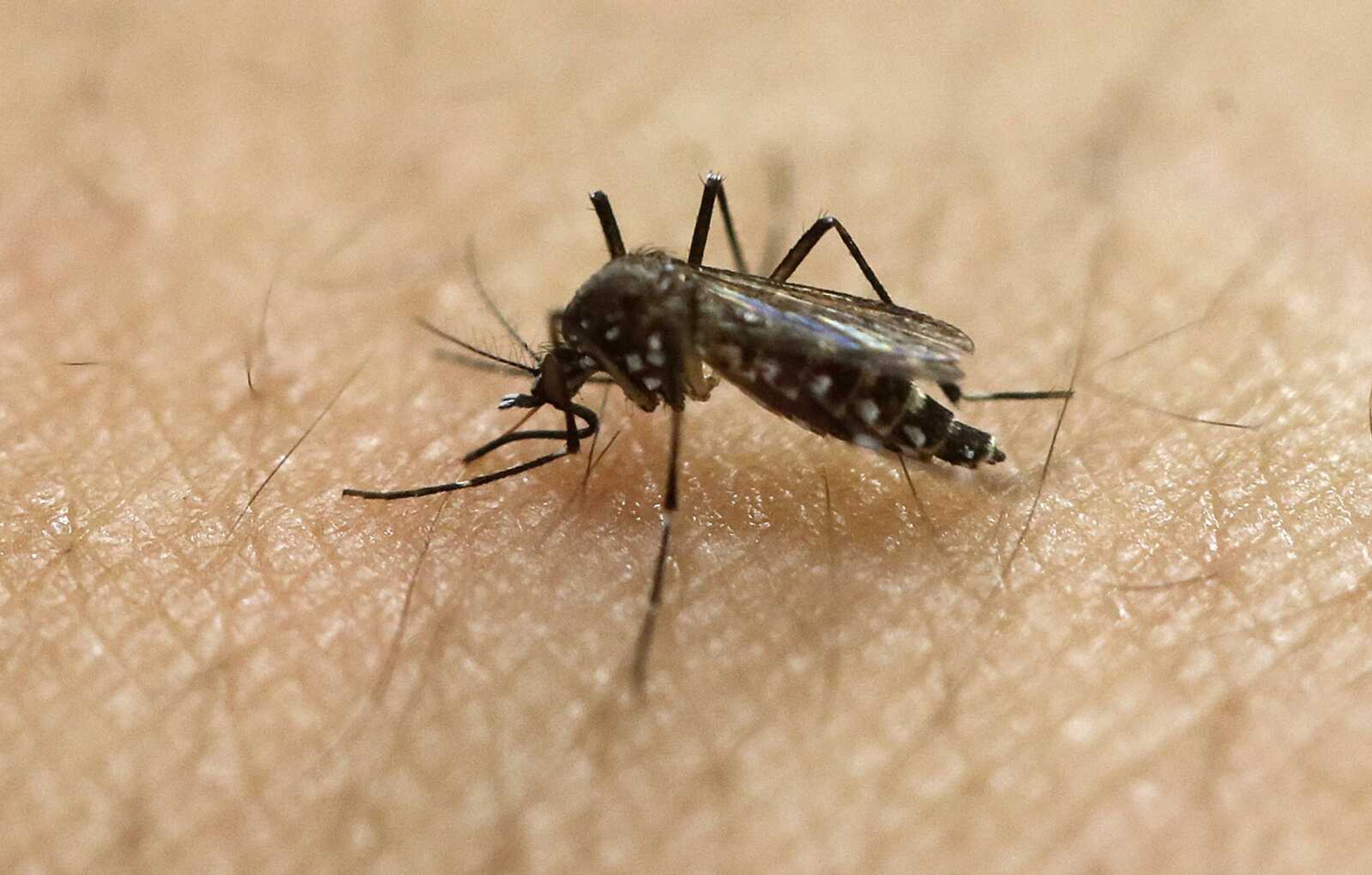Researchers find no evidence of Zika in Missouri mosquitoes
SPRINGFIELD, Mo. -- Missouri State University researchers who have trapped more than 10,000 mosquitoes have not found any evidence the insects are carrying the Zika virus into Missouri. The team has been trapping and identifying mosquitoes for about seven weeks, with a goal of providing an early warning if the virus is found, said associate professor David Claborn, leading the effort...
SPRINGFIELD, Mo. -- Missouri State University researchers who have trapped more than 10,000 mosquitoes have not found any evidence the insects are carrying the Zika virus into Missouri.
The team has been trapping and identifying mosquitoes for about seven weeks, with a goal of providing an early warning if the virus is found, said associate professor David Claborn, leading the effort.
The yellow-fever mosquito, the primary carrier of Zika, has existed in Missouri in the past and the team is trying to determine whether it still is in the state, Claborn said.
"We're going on seven weeks with this study, and we still haven't found one yet," he said. "We have no reason to believe Zika is in the mosquito population in Missouri at this time."
Yellow-fever mosquitoes are plentiful in Southern states but are less common inland. The Asian tiger mosquito, which also can carry the Zika virus, is plentiful in Missouri, however.
None of the thousands of Asian tiger mosquitoes caught in the Missouri traps was infected with Zika, Claborn said.
The Zika virus can cause severe birth defects. At least 15 people have been infected in one Miami neighborhood in what are believed to be the first mosquito-transmitted cases in the mainland U.S. of people who had not traveled to Latin America or the Caribbean, where there is a Zika epidemic.
Claborn's staff uses special traps baited with dry ice to attract the mosquitoes.
"Mosquitoes are drawn to carbon dioxide in your breath, so that's what the dry ice imitates," Claborn said. "The trap has a small fan that sucks them into a net on the bottom.
"We collect the mosquitoes, freeze them in the lab to kill them, and then we put them under a microscope to sort them by species and by sex -- male or female."
The researchers particularly are looking for female mosquitoes, which bite people, unlike the males.
Every trapping site is logged by GPS coordinates that also describe the environment in which the mosquitoes were found.
The collected data are shared with the Missouri Department of Health and Human Services, which provides the information to the Centers for Disease Control.
"The state wants to know what's here and have a plan for how to deal with it if Zika does reach Missouri," Claborn said. "I think it's wise for our state health department to get ahead of this before it happens."
Connect with the Southeast Missourian Newsroom:
For corrections to this story or other insights for the editor, click here. To submit a letter to the editor, click here. To learn about the Southeast Missourian’s AI Policy, click here.










